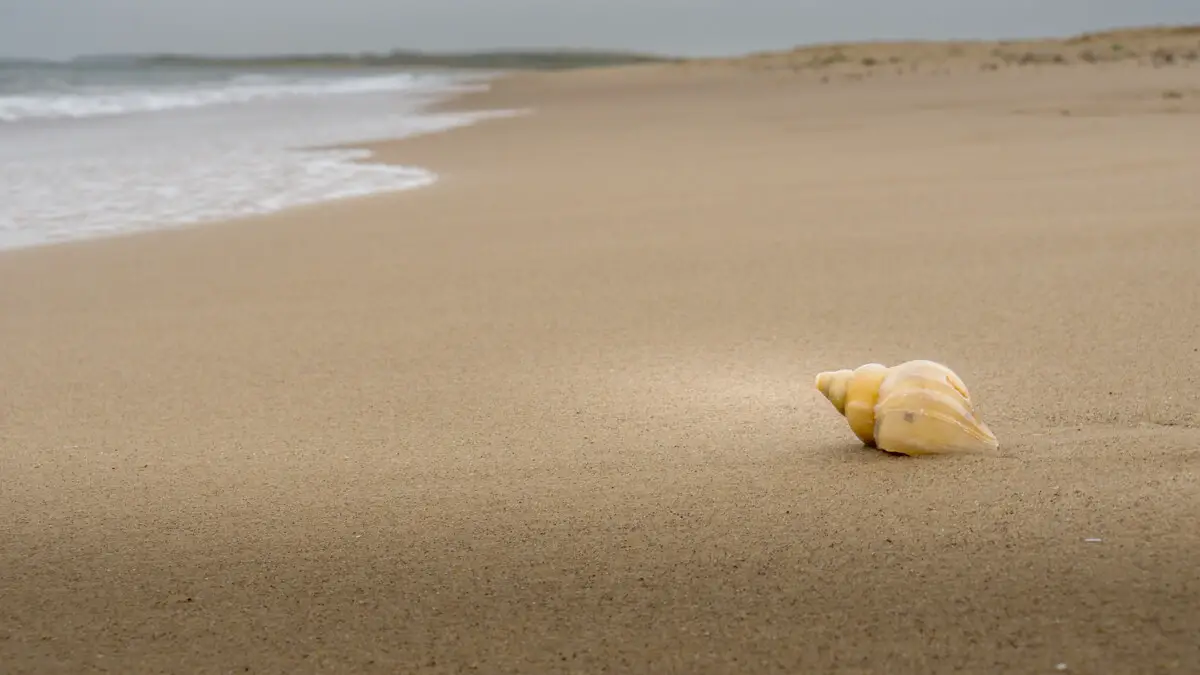Nestled off the shores of the North Norfolk Coast lies a captivating oasis of untouched beauty – Scolt Head Island. With its untamed landscapes, rugged coastlines, and pristine beaches, this hidden gem beckons nature enthusiasts and wanderers seeking solace in the lap of Mother Nature.
Let your spirit of adventure run wild as you explore this unspoiled paradise where the wonders of nature await at every turn. In this guide, we will share all the information you need to visit Scolt Head Island.
Sign up for our newsletter here so that we can tell you about more interesting things to see and do in Norfolk.
Note: This post contains affiliate links. As an Amazon Associate, we earn from qualifying purchases. Please see disclosure for more information.
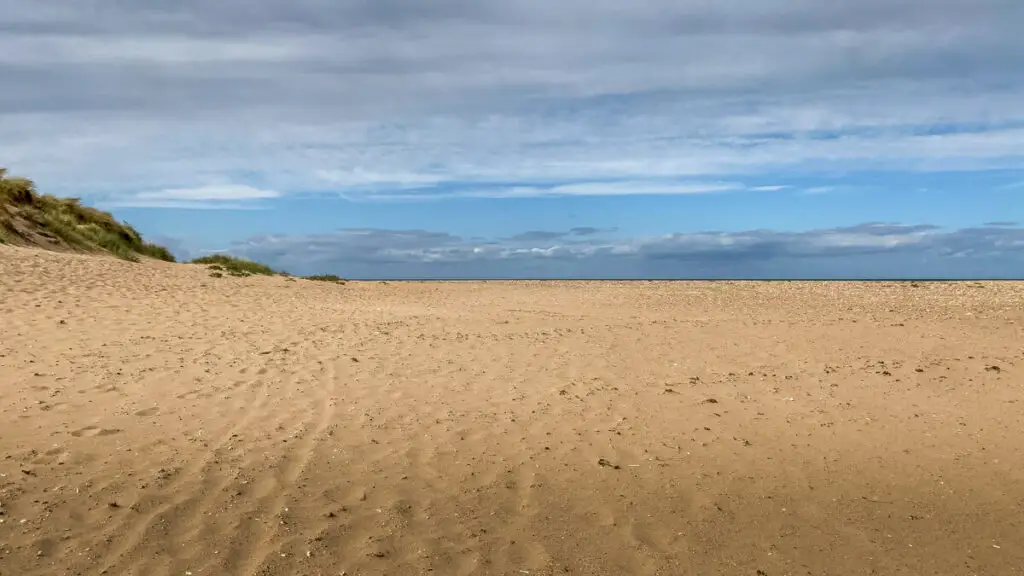
Where is Scolt Head Island?
Scolt Head Island is located a couple of miles off the North Norfolk Coast. The eastern end aligns with Burnham Overy Staithe while the western end is across from Brancaster Staithe.
About Scolt Head Island
Scolt Head Island is a National Nature Reserve owned by the National Trust and leased and managed by Natural England. It is a prime example of a Dynamic Offshore Barrier Island, emerging from glacial outwash over 10,000 years ago. Spanning around 4 miles, it consists mostly of sand and shingle, alongside saltmarshes and mudflats. Locally known as Scolt, Scolt Head, or the Island, it resides in the parish of Burnham Norton.
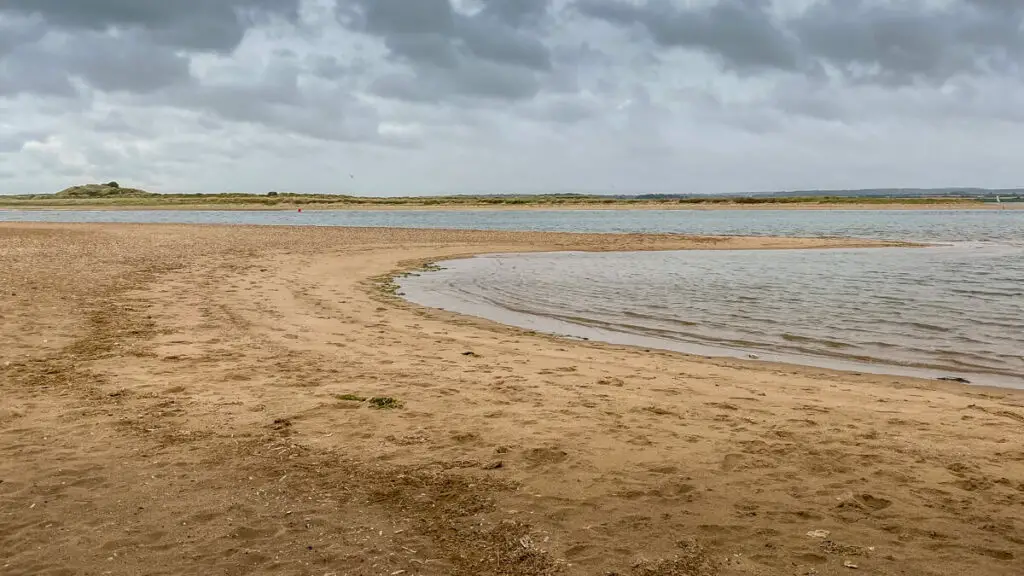
What to Do on Scolt Head Island
Visiting Scolt Head Island offers a unique and enriching experience for nature enthusiasts and adventure seekers. One of the simplest yet most rewarding activities is taking a leisurely walk along the island’s pristine beaches. During nesting season, it’s essential to stay close to the water’s edge to respect and protect the sensitive wildlife habitats.
Pack a delightful picnic and find a cosy spot amidst the natural beauty to savour your meal. The absence of modern facilities and the gentle sounds of nature create a serene atmosphere, providing the perfect opportunity to appreciate the wilderness and immerse yourself in tranquillity.
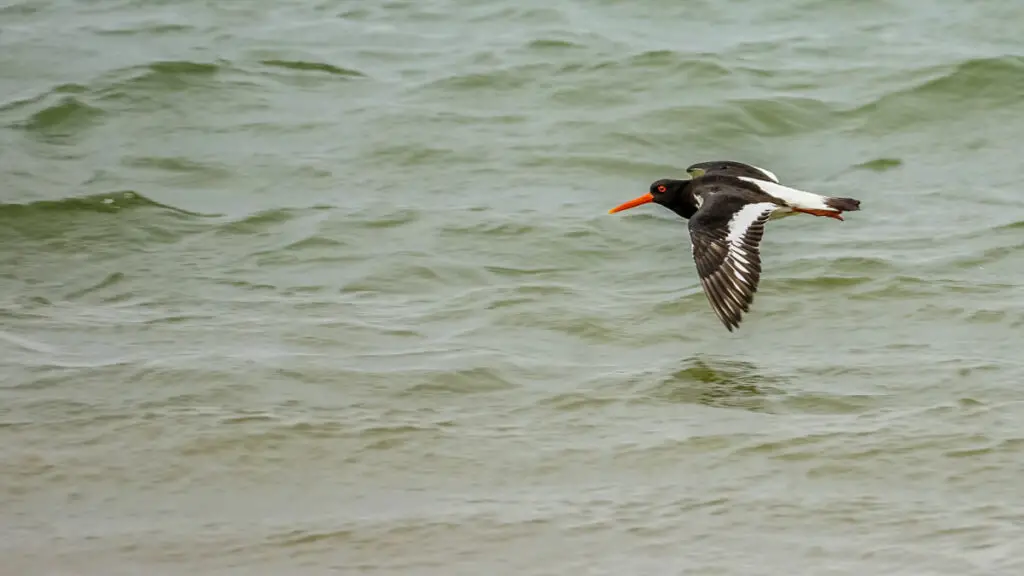
As you explore the island, keep an eye out for its diverse wildlife. Scolt Head Island is a designated National Nature Reserve, boasting an abundance of bird species and other wildlife. Wildlife spotting becomes a thrilling adventure as you quietly observe these creatures in their natural habitat, capturing beautiful moments with your camera.
Another enjoyable thing to do on Scolt Head Island is to unleash your inner creativity and build a sand castle on its beautiful shores. The soft, golden sand provides the perfect canvas for constructing impressive sand structures. Spend some quality time with family or friends, shaping and moulding the sand into intricate designs or whimsical fortresses.
What Not to Do on Scolt Head Island
When exploring the natural wonder of Scolt Head Island, it’s essential to understand what not to do to preserve its delicate ecosystem and ensure the safety of both visitors and wildlife.
Firstly, swimming is discouraged around the island due to potentially dangerous currents in the surrounding waters. With no lifeguards stationed on the island, there is no immediate assistance available in case of emergencies. The currents can be unpredictable and strong, posing risks to even experienced swimmers. It’s best to enjoy the beauty of the island from the shores.
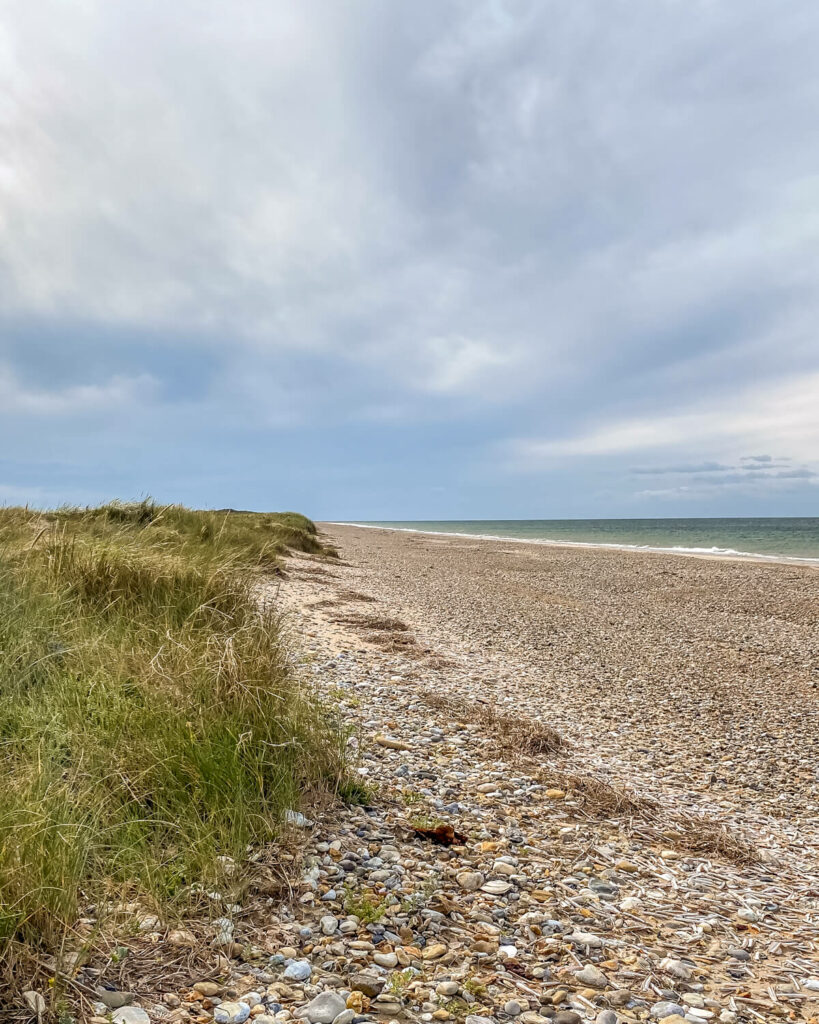
Secondly, you need to be careful not to disturb the wildlife. Scolt Head Island is a designated National Nature Reserve, home to many bird species and other wildlife that rely on the environment for nesting and feeding. Any disturbance to their natural habitats could have negative impacts on their breeding success and overall well-being. It is crucial to maintain a safe distance from animals, refrain from feeding them, and avoid making loud noises or sudden movements that could be disruptive.
Visitors should also adhere to the principle of “Leave No Trace” and not leave any waste behind. You need to take all rubbish, including food scraps, with you to maintain the island’s pristine beauty and protect the wildlife.
Wildlife on Scolt Head Island
Scolt Head Island is a nature reserve so don’t be surprised to find wildlife. The island is internationally important for its birdlife, specifically the terns that nest there.
You won’t find any bird hides, so you will have to do your birdwatching from the beach. The type of birds you see will depend on the time of year you go and the part of Scolt Head Island that you visit.
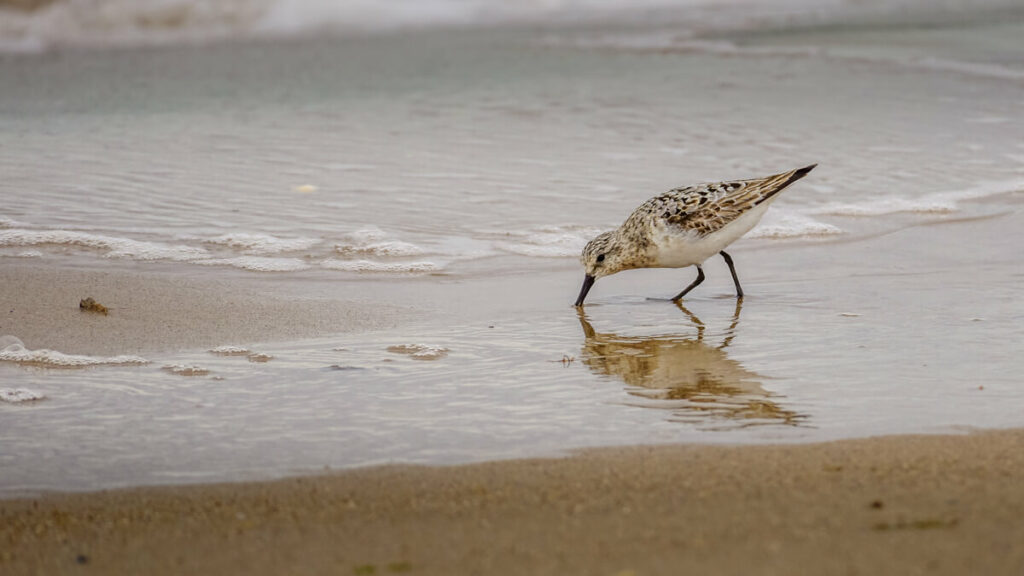
It’s best known for the breeding Little Terns, Ringed Plovers, Curlew, Bar-tailed Godwits and Grey Plover. We’ve also spotted some sanderlings and oyster catchers. During the winter, you can see Brent Geese, Pink-footed Geese, Pintail and Widgeon.
If you are lucky you may spot seals. There are usually seals in the area, but they won’t come onshore if many people are around. Try to walk a bit from the ferry drop off point to increase your chances.
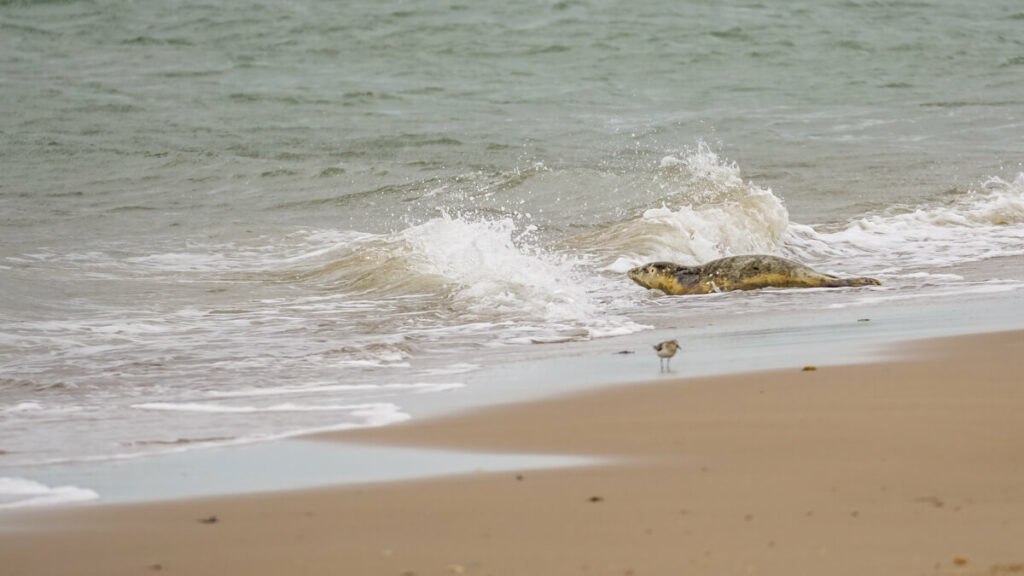
Facilities on Scolt Head Island
Scolt Head Island’s uniqueness lies in its complete lack of facilities. Secluded from modern amenities, it offers an almost deserted island experience, allowing you to connect with nature in its purest form. With no toilets or places to buy food or water, the island challenges you to embrace self-sufficiency and enjoy the untouched beauty of its rugged landscapes.
On some parts of the island (including the ferry drop-off point), we were able to get a mobile phone signal. I cannot guarantee this would be the case with all providers.
How to Get to Scolt Head Island
Scolt Head Island is not easy to get to. You can just get in your car and drive there, but you do have a few options to choose from.
Scolt Head Island Ferry
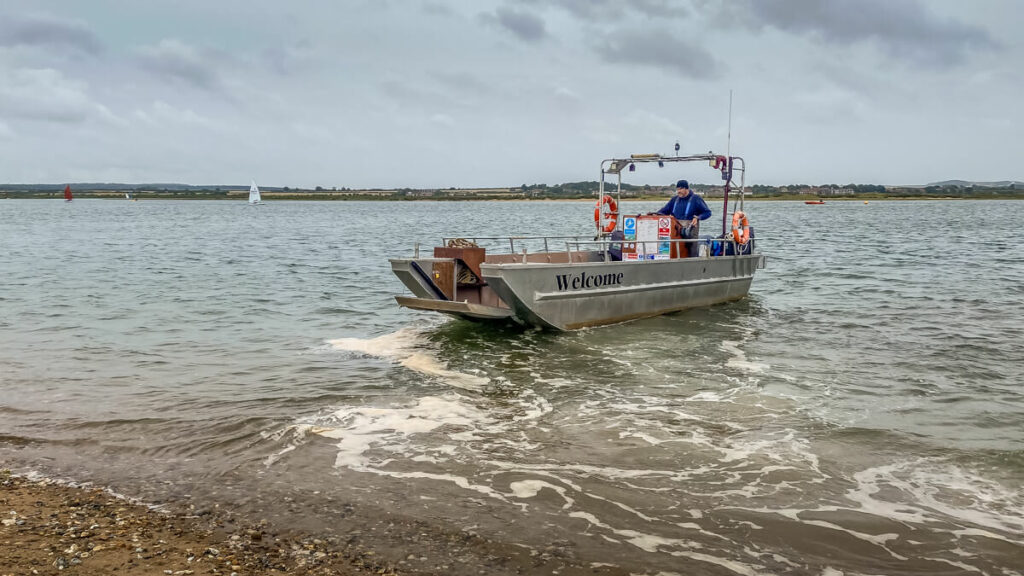
The most convenient way to reach Scolt Head Island is by taking the ferry, approximately 1.5 hours on either side of high tide (subject to weather conditions). The ferries depart from Burnham Overy Staithe, where you can find a small free car park nearby. The ride takes about 15 minutes.
There are two ferry options available: the Welcome Ferry and the Island Ferry. Our favourite choice is the Welcome Ferry because it is run by John, one of the nicest people you will meet, and is easy to get on and off with a ramp. The Island Ferry may require stepping in the water when boarding or disembarking from the island.
Both ferries charge £5 per person each way, and the Welcome Ferry accepts credit cards. For the latest schedule information, check the Welcome Ferry’s Facebook page here.
Paddleboard/Kayak/Private Boat to Scolt Head Island
For a more adventurous approach, you can reach Scolt Head Island using your own vessel or by hiring one. However, it’s essential to exercise caution as the currents can be strong. If you’re less experienced, consider joining a guided tour, such as this one offered by North Norfolk Paddleboards, for a safe and enjoyable journey to the island.
Walk to Scolt Head Island
At low tide, it’s possible to walk from Burnham Overy Staithe to Scolt Head Island. While it may sound tempting, be prepared for some sections where you may need to wade through shallow water or mud. Keep in mind that as high tide approaches, walking back will not be possible. During the summer, you can take the ferry back, but at other times, there’s a chance of being stranded, so plan accordingly.
What to Bring to Scolt Head Island
Since you won’t be able to pick up anything on the island, it’s important that you are prepared. You will need to bring items that will enhance your experience and keep you comfortable throughout your adventure. Here’s a checklist of what to consider packing:
Water: Staying hydrated is crucial, especially since there are no facilities on the island. Bring an ample supply of water in a reusable water bottle to minimize waste and ensure you have enough to keep you refreshed during your exploration.
Sun cream: There is no shade on Scolt Head Island, so be sure to put on sun cream or at least bring it with you. Check out some reef safe options here.
Towel: As you walk along the shores or simply bask in the sun, a towel will come in handy for wiping off sand, drying your feet off if they get wet walking by the water, or for sitting down and relaxing amidst the island’s tranquil surroundings.
Chairs: If you are not comfortable sitting on the ground and don’t want to be on your feet the whole time you are on Scolt Head Island, you will want to bring your own chair. Check out some compact foldable options here.
Picnic Gear: Create cherished memories with a delightful picnic on the island. Pack a comfortable picnic blanket to sit on, reusable plates and cutlery, and food containers to keep your meals fresh. A wind break might also come in handy. Embrace the island’s eco-friendly spirit by choosing reusable and sustainable picnic gear.
Food and Snacks: Since there are no eateries on Scolt Head Island, it’s essential to bring your own food and snacks. Prepare a delicious assortment of treats that will keep you energized. Opt for easy-to-carry and non-perishable items to ensure your sustenance throughout the day.
Camera: Capture the island’s breathtaking beauty and wildlife encounters with a camera to cherish these memories long after your visit. Whether it’s a smartphone with a good camera or a dedicated DSLR, having a photography tool on hand will help you preserve the moments you encounter.
Binoculars: Scolt Head Island is a haven for birdwatchers and nature enthusiasts. Pack a pair of binoculars to get up close and personal with the diverse birdlife and other wildlife that inhabits the island. Observing them from a distance with binoculars will prevent any unintentional disturbance.
By preparing well and bringing these essentials, you’ll be fully equipped to enjoy the natural wonders of Scolt Head Island while minimizing your impact on its delicate environment.
Places to Go Near Scolt Head Island
While spending the entire day on Scolt Head Island might not always be feasible, there’s no need to fret – the surrounding area boasts many captivating destinations waiting to be explored.
Burnham Overy Staithe Beach
Burnham Overy Staithe Beach is a sandy paradise that never gets crowded because you do have to walk a bit to get there. The pale, fine, and soft sand creates a welcoming haven underfoot. At high tide, the beach generously stretches wide, providing ample space to relax and unwind, while during low tide, it unveils an immense expanse, revealing wide, shallow pools ideal for leisurely paddling.
To get to this beach, it’s a little more than a mile walk from the spot where you get the ferries in Burnham Overy Staithe along the raised bank. As you get close to the dunes there’s a small stretch of boardwalk.
Holkham Park & Holkham Beach
Just a few miles from Burnham Overy Staithe, you will find Holkham, one of the best beaches in Norfolk. The sand seems never ending and it’s also a good spot for wildlife. Read about more things to do at Holkham Beach.
Holkham Park is also worth exploring. In addition to Holkham Hall, you can also see the walled garden, playground, lake, temple, and more. There are several waymarked walks.
Wells-Next-The-Sea
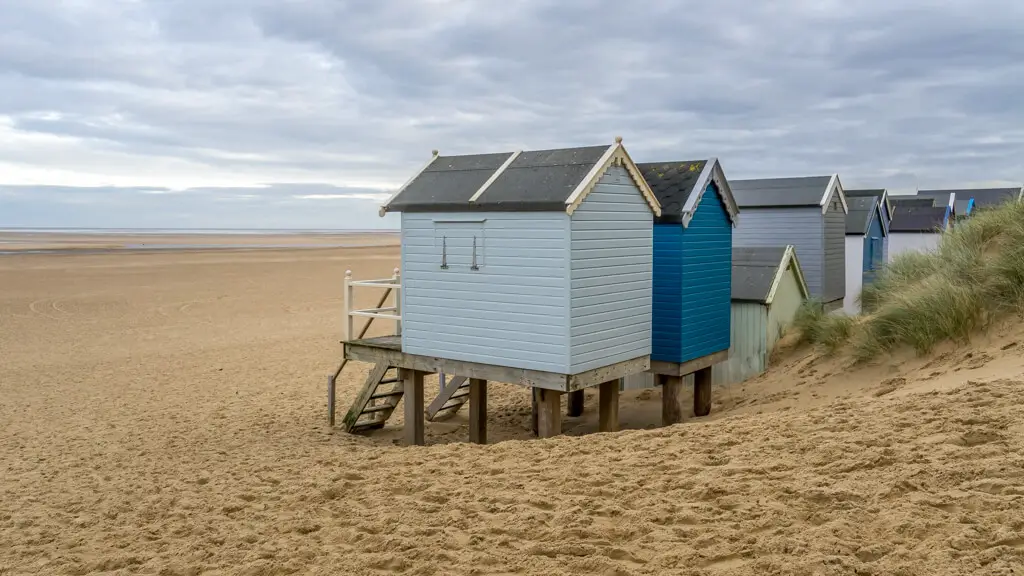
Wells is a charming seaside town, best known for its long row of beach huts on stilts on its huge sandy beach. There is plenty of space on the sand when the tide is out and the water is usually calm.
The town of Wells-Next-the-Sea is actually about a mile from the beach by the harbour. The quayside area has several historic buildings including the iconic granary building.
During the summer months, you can see the striking sculpture called The Lifeboat Horse in the harbour. There are boat and SUP tours if you want to see the area from the water.
Wells-Next-the-Sea is also a hotspot for the arts in North Norfolk. The town has several art galleries and the relatively new Wells Maltings, an arts, heritage and community centre inside a Grade-II listed Maltings building.
Read about more things to do in Wells-Next-The-Sea.
Scolt Head Island FAQs
There is no charge to visit Scolt Head Island, but you will have to pay for the ferry if you take it.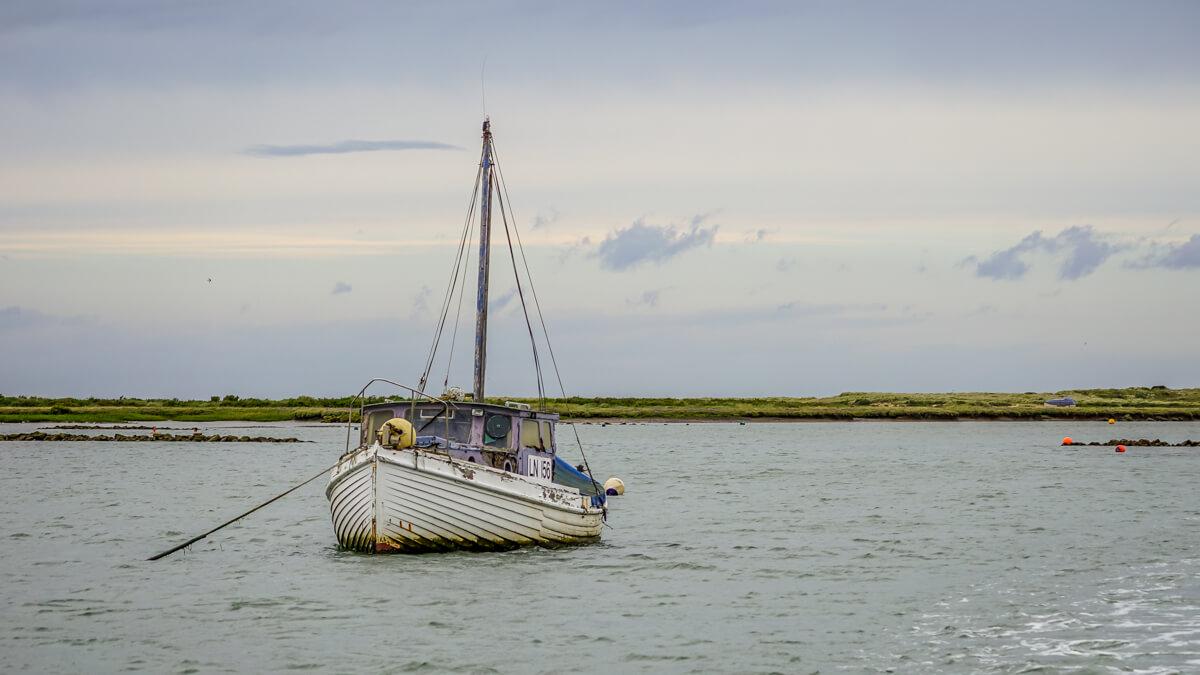
Yes. They will enjoy the ferry ride out to Scolt Head Island and once they get there the beach is wonderful. They can run around and play in the sand. Just keep in mind there are no lifeguards and the current can be strong so swimming is not recommended.
Light fires or bbqs are prohibited on Scolt Head Island.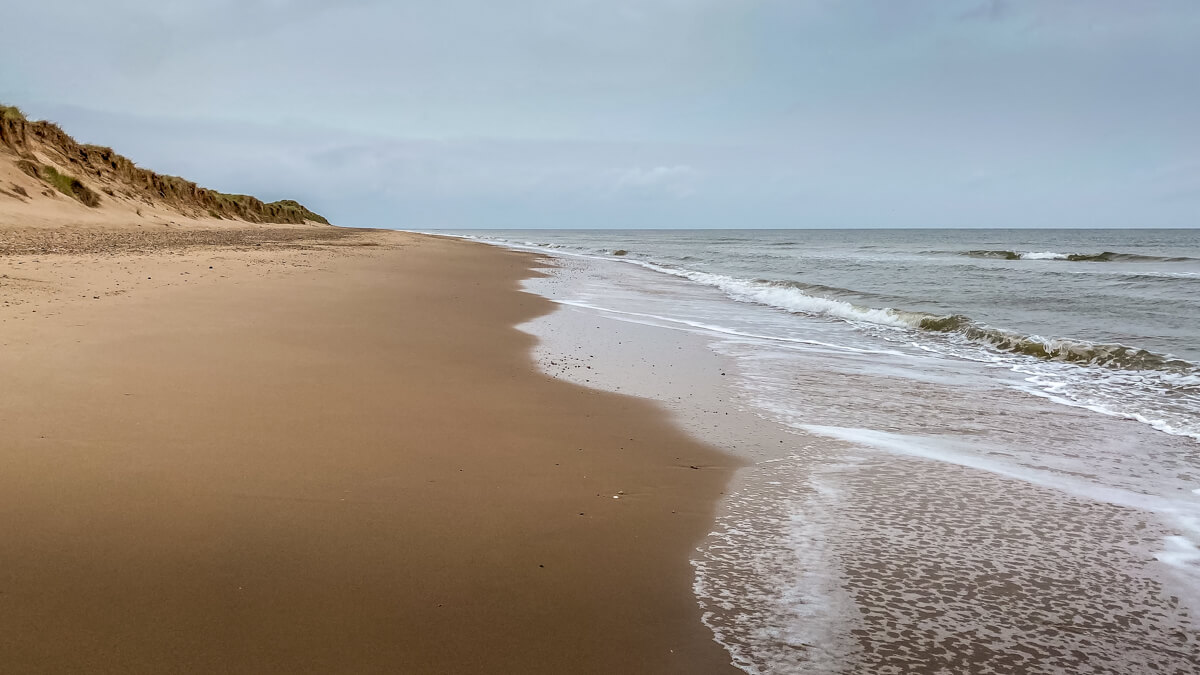
No camping is allowed on Scolt Head Island.
Dogs are not allowed on Scolt Head Island from April to mid-August to protect the ground nesting birds. During the rest of the year, they are allowed but must be kept under effective control.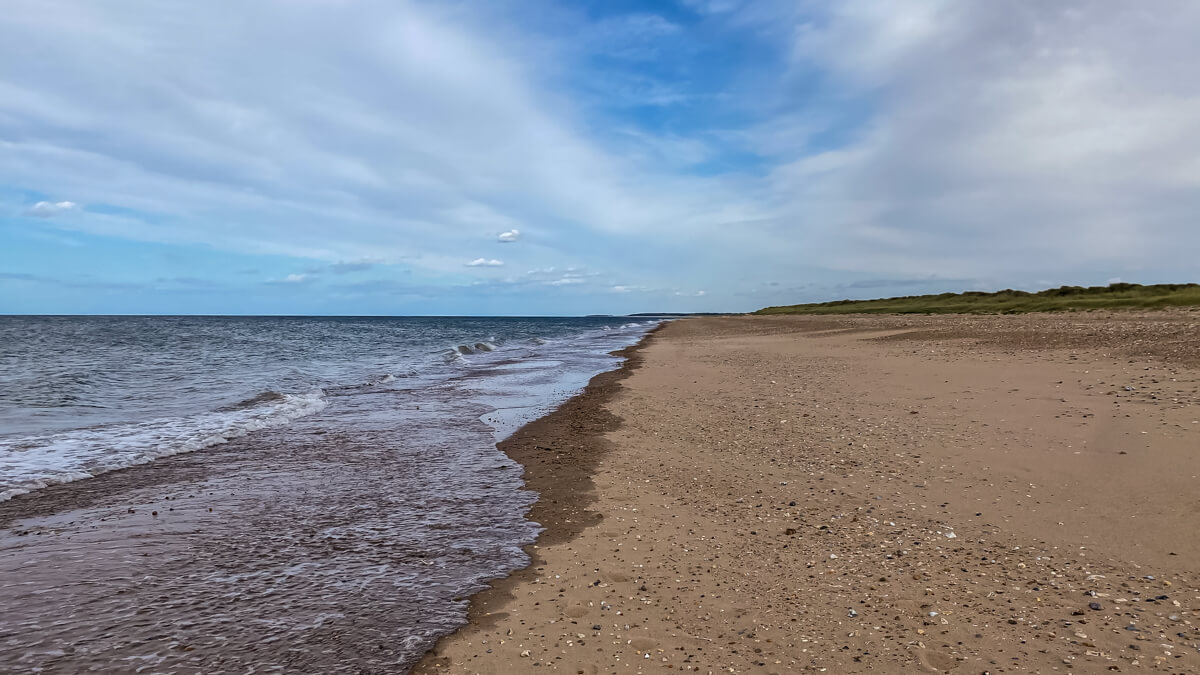
You will need to park in Burnham Overy Staithe. There is a small free car park by the ferry pick up point called “The Hard” but you need to be careful because it can flood. You can also find some parking along the street.
Disclosure: This post contains affiliate links. This means we will receive a small commission for some purchases made using links in our blog with no additional cost to you. Please be assured we would not promote any product unless we believe that our readers will also benefit. The commission does not influence the editorial content of this site.

